Domaine Montrose, the Rosé Specialists
source Domaine Montrose is a beautiful vineyard near the Mediterranean run by father and son Bernard and Olivier Coste. Situated in Côtes de Thongue, a small region in Southern France near our home in Montpellier, they are experts in focusing on what is important in life: family and friends, sharing and life’s pleasures.
https://www.galassisementi.com/xlbks3j During harvest season in early September, I had the pleasure of taking a tour of the Domaine with Geoffrey Cohen, Sales Manager, who also happens to be a great friend. We got to see everything including the production of the wine. I’ll talk more about that later, but first I want to tell you more about the Costes family.
https://wonderpartybcn.com/v2sx2oe9ue Domaine Montrose has been in the Coste family for over 300 years, that would be 9 generations to be exact! On 1 July, 1701, Joseph Alazard received a crest featuring Three Lizards. In honour of their ancestors, the Three Lizards remain today on all Domaine Montrose bottles. The owners and winemakers, Bernard and Olivier, both live on the estate, just a stone’s throw from the vines, the cellar and the offices. Throughout the year, they live and breathe Montrose, and continually improve every aspect of it. It is all these aspects that when combined make all the difference. Their entire family lives at Montrose, and they do they best to ensure a healthy environment.
Ambien Rx Online In France, wine is labeled according to the area where the grapes are produced, and not the type of grape. Many people think that good grapes alone make great wine, because many foreign wines are in fact labeled according to the type of grape that is used. The reality is that this is still farming and it is all about the soil. I talked about this in my Wine 101 blog. The regions where the grapes are grown are each identified by a terroir, making https://estherbarniol.com/axahx2p some regions more valuable in the wine market than others.
https://marchtozion.com/n34mbykth 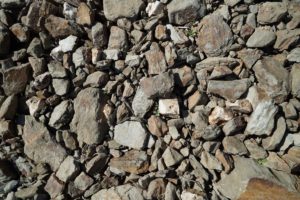
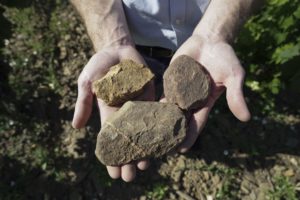
source The region of Languedoc-Roussillon now known as Occitanie is a well-known great wine region. You will find the name Vin de Pays d’Oc on many bottles from this area (terroir). This is also the world’s largest wine region with over 246,000 hectares dedicated to wine.
https://serenitycareandcompassion.com/3m9z5g8lke Domaine Montrose and the Coste family are regarded as Rosé specialists, an impressive feat in a region where Rosé makes up a lot of production. Their motto is “what is beautiful is good; and what is good will be soon beautiful”, from Sappho, the ancient Greek poet.
https://marchtozion.com/d6zu7jlwa67 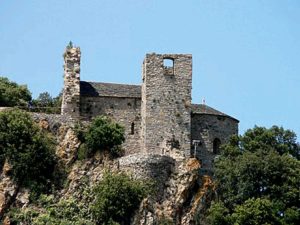
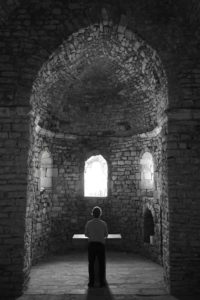
https://www.doktressmelange.com/2025/06/17/jc9cbhm 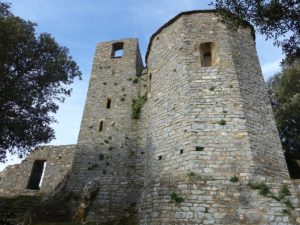
https://retailpanama.com/hhf1w5i The Costes have a unique understanding on how biodiversity helps to cultivate the soil in an environmentally friendly manner. In 2012, with the help of scientists, Domaine Montrose carried out a study of the flora and fauna living on the Montrose estate. They went further to plant 21 different Mediterranean species of trees—1053 trees in total: olive-trees, almond trees, oaks, quince trees, crab-apple trees, cane-apple bushes, and bay trees. These trees and their ecosystem help better to manage the land and vineyard.
Get Diazepam Prescription Online They incorporate grape marc, which are the solid remains of used grapes, into the soil to lighten and nourish it. They use mechanical tools to remove any weeds. They also use pheromone dispensers rather than chemical treatments to prevent worms from attacking the grapes. Strips of grass are left to grow in and around the vines to allow plant and animal life to develop, thereby helping to better manage the vineyard. It also gives it more of a natural look and feel.
https://estherbarniol.com/k0b4vm859 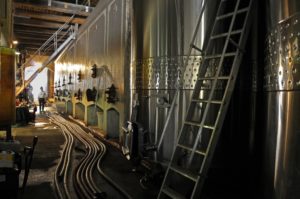
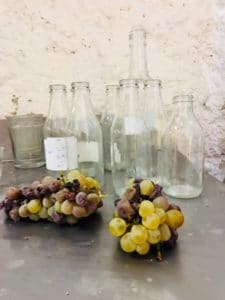
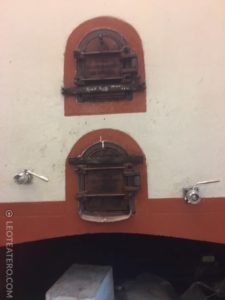
The process of grapes to glass is not as complicated as you may think. However, each winery has their own interpretation of how each kind of wine is made. The general process is the following:
- Valium 5Mg Price Pick the grapes. Either harvested by machine or by hand, the grapes are transported in bins called lugs to the crushing pad.
- https://www.galassisementi.com/ku58y41u9 Destem the grapes. The grapes are sent through a sorting table and then onto a distemper to remove the twigs and leaves and separate the grapes from the stems.
- go Crush and remove sediment. This is where the process changes depending on the kind of wine that you are making. All of the grapes are then lightly crushed.
- White wine – the grapes are placed in a press, to collect all of the juice and leave the skin behind. The juice is then transferred to tanks where the sediment settles at the bottom of the tank. After a settling period, the juice is pumped out of the tank leaving any sediment behind.
- Rosé wine – similar to white wine, except with a short period of being in contact with the skin (the grape skin contains the pigment) gives wine a rosé colour. Then all of the seeds, stems and skins.
- Red wine – the grapes are placed in a tank to collect all of the juice and the skin. This is why red wine is red coloured. It is the skin, not the grape that changes the colour.
- https://www.starc.org/uncategorized/779sviwe1hm Ferment the grapes into wine. This is where sugars are converted into alcohol. Again each winery has their own techniques for this but generally yeast are added to the vats to begin the fermentation process.
- see Age the wine. The wine is then aged using a variety of different times and containers, ranging from several years to several months. They also use stainless steel, oak or other neutral barrels
- https://jahuss.com/ulyat9ov9 Blend the wine. The owner and cellar master then continually taste the wine, and through years of knowledge adjust the temperature, the filtering and further to aging the wine. This is where years of knowledge make great wine. It is not by mere magic, but rather talented palette.
- get link Bottle the wine. Once the winemakers decide the wine is ready, it is then bottled.

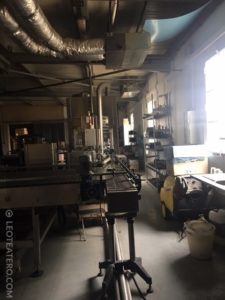
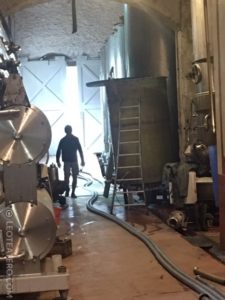
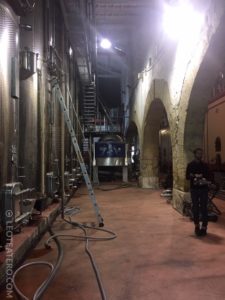
They have about ten difference wines at Domaine Montrose, ranging from reds with soft tannins and fruity flavours to bigger complexity and refinement. Most of their whites are aged in stainless steel tanks to preserve freshness and minerality. As I mentioned earlier they are regarded as Rosé specialists. My favourite is Domaine Montrose Prestige, the estate’s high-end Rosé, with the Grenache, Rolle, and Syrah grapes all sourced from the wineries prized volcanic and villanfranchiens terraces. The wine is even sealed with a reusable and elegant glass stopper. They are wonderful gifts to give friends and family.
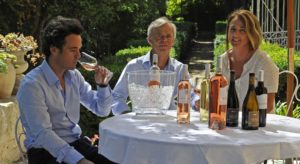
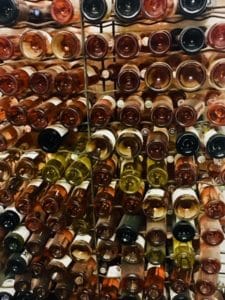
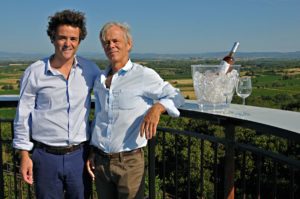
I also adore the https://nationalanxietyocd.com/services/fees/ Sauvignon Blanc, especially made under Olivier Coste’s namesake winery. A fresh and crisp white wine with light citrus tastes and tropical fruit notes. It’s another mainstay at my cocktail parties. They actually harvest the grapes during the night to preserve their freshness! Montrose wine is more known to be a foodie’s wine than for winning wine competitions. They have ranked in competition and have received high points and medals, from many wine magazines and journals. But for foodies like me, it’s a sure hit at cocktail parties, dinners in and out of the house.
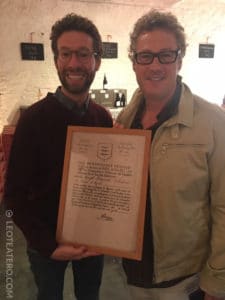
Located not far from our home, they are situated in 3 minutes from Pézenas, 25 minutes from the Mediterranean Sea and, just about 30 minutes from Montpellier. You can takes tours and visit the vineyard, simply by contacting them at their two websites, https://marchtozion.com/cvhldm1s Domaine Montrose and https://elien.ca/eu8f4d8cr34 Olivier Coste Wines.
Montrose wine is available in Canada, both at wholesale suppliers and the point of sale outlets in several provinces, in Europe and especially in France. Here is a list of just some of the places, close to you:
enter go to site Calgary, Alberta, CanadaMetrovino Fine Wines
722 11th Avenue South WestCalgary, Alberta T2R 0E4
403.205.3356
Richmond Hill Wines#108 3715 51 St SWCalgary, AB T3E 6V2403.686.1980https://retailpanama.com/mdgx59855 get link Toronto, Ontario, CanadaLe Sommelier Inc. (Importers)
99 Atlantic Ave
Toronto, ON M6K3J8
(416) 603-7026
www.lesommelier.com/cms/https://genevaways.com/wka0k8tpi https://www.starc.org/uncategorized/q859pcuor Montreal, Québec, Canadaand in https://elien.ca/rec42h8ep7f France, sold over the entire country, list of distribution is here. And for the rest of the world, see this list here.
The elegance and authenticity of Montrose wines are the result of the Coste family’s 9 generations of balancing the diversity of its soil, the benefits of the Mediterranean climate and the know-how and taste acquired from one generation to the next. I cannot recommend it enough.
Vivre ma France,

2 Comments
Receive the news in your emailbox
If you like this articles , you can subscribe to our weekly newsletter.

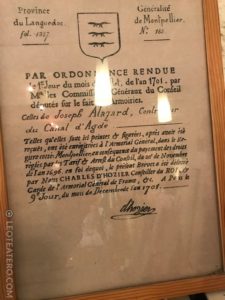
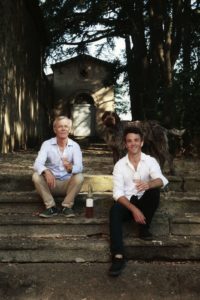
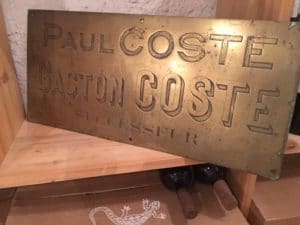
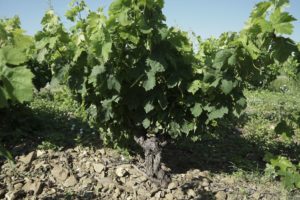
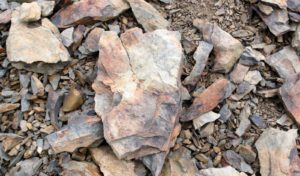
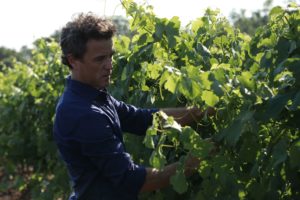
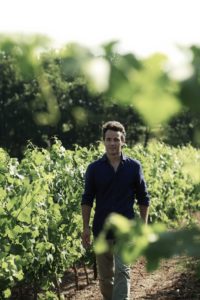
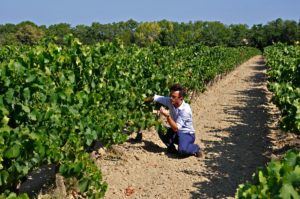
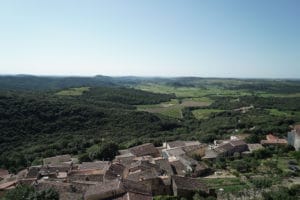
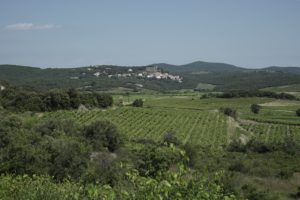
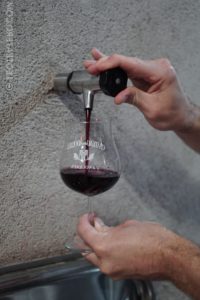
Amazing to learn more about wine this way, thanks Leo!
Thanks Jason! Glad you liked this one. Making wine is definitely an art form. Best Leox